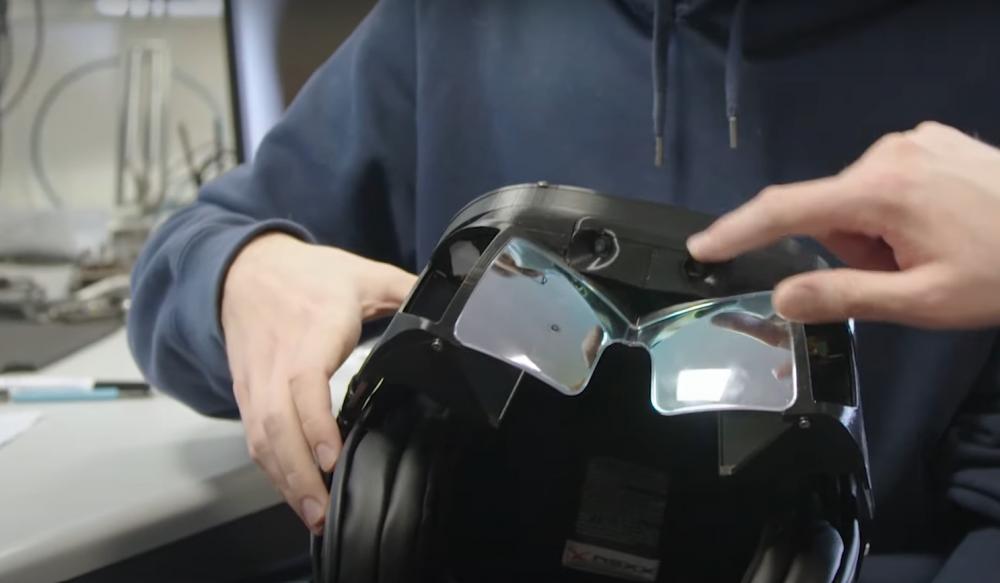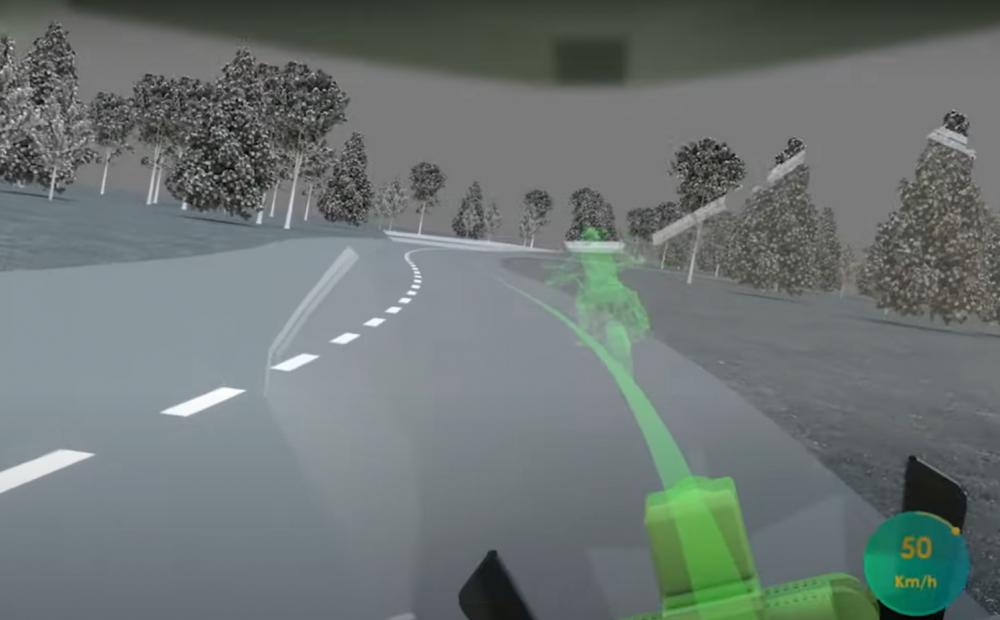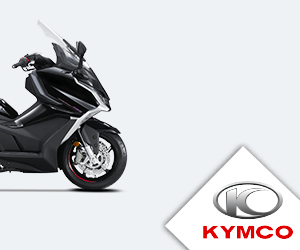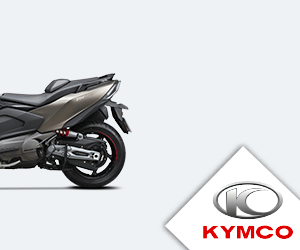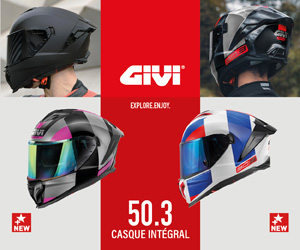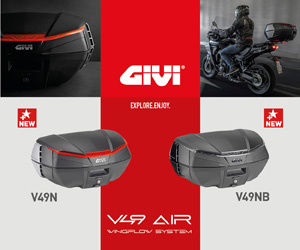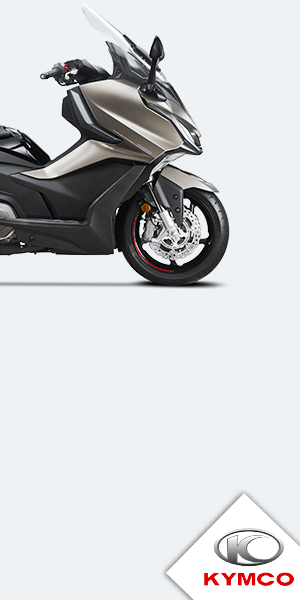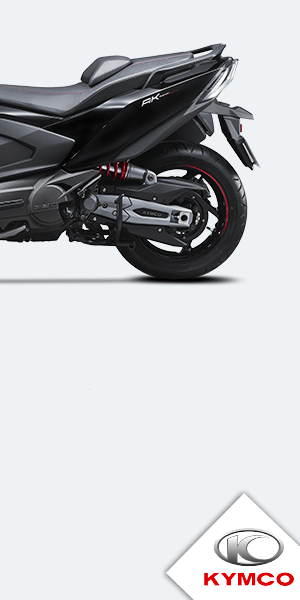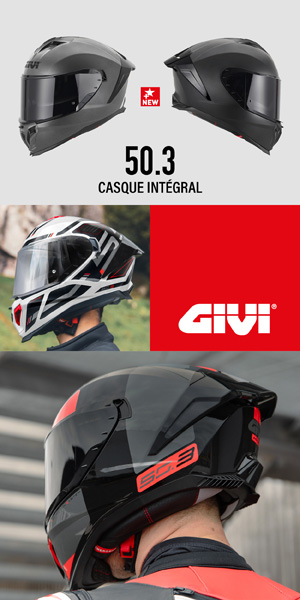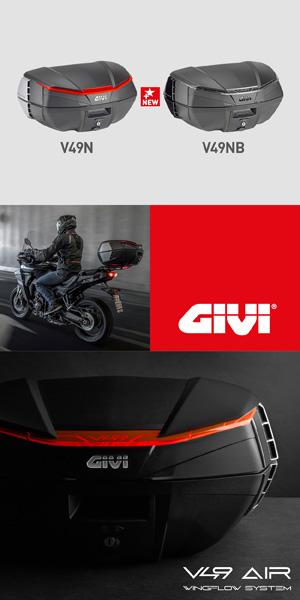We're not talking about a new type of overlay for a video game here: Aegis Rider wants to take augmented reality on motorcycles to a whole new level, and we're not just talking about a neat heads-up display or a smart helmet, but a system capable of processing all the data coming from the road and providing useful advice to the driver. In real time you can see on the helmet visor the ideal braking point, the best trajectory to keep when cornering and any dangers.
Swiss start-up Aegis Rider has developed a motorcycle helmet that uses a head-up display-style system to project useful driving information into the rider's field of vision. This system is innovative because in addition to the speed, road limits and directions of the GPS navigator, which other similar devices already offer, it uses artificial intelligence to advise the pilot on the maneuvers to perform. Thanks to a camera installed on the motorcycle and a small computer, the system is able to process all the data coming from the road and provide useful advice to the rider who, like in a video game, can see before his eyes and in in real time, the ideal braking point, the best trajectory to follow in turns and warnings about possible dangers.
Aegis Rider was born from a research project at ETH Zurich, the Swiss Federal Institute of Technology, the most prestigious polytechnic university in Switzerland and one of the most important research centers in the world. In a video published on the ETH News for Industry YouTube channel, ETH pioneer member Dr. Simon Hecker presents the new technology which uses three parts to complete the system. The first concerns the visualization system for the pilot, which definitely goes through a helmet. The next is a computer security system built into the motorcycle that interprets all the data. The final piece of the puzzle is the sensor suite, which serves as the eyes of the system.
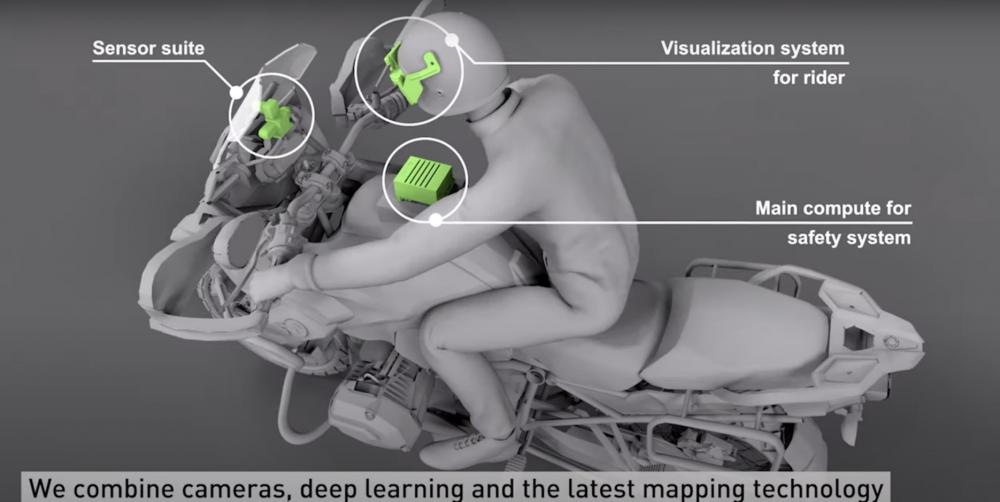
The sensor array of the Aegis Rider system is quite impressive: it consists of a camera, a GPS unit and an IMU. The sensors then transmit data to the computer which offers real-time optimal trajectory prediction and neural network calculation for scene understanding. The driver then receives the calculated information on the heads-up display which gives a visual of what to do via a set of augmented reality instructions. The display unit is also responsible for a visual-inertial odometry system for head position estimation, as well as an eye tracking function that can determine where the pilot is looking.
In practice, the system works to keep the rider safe, by identifying obstacles, curves and other road hazards, processing the data, then sending the best and safest trajectory via the head-up display. The system will even tell you the lean angle you need to exit the curve, as well as the optimal positioning on the track.
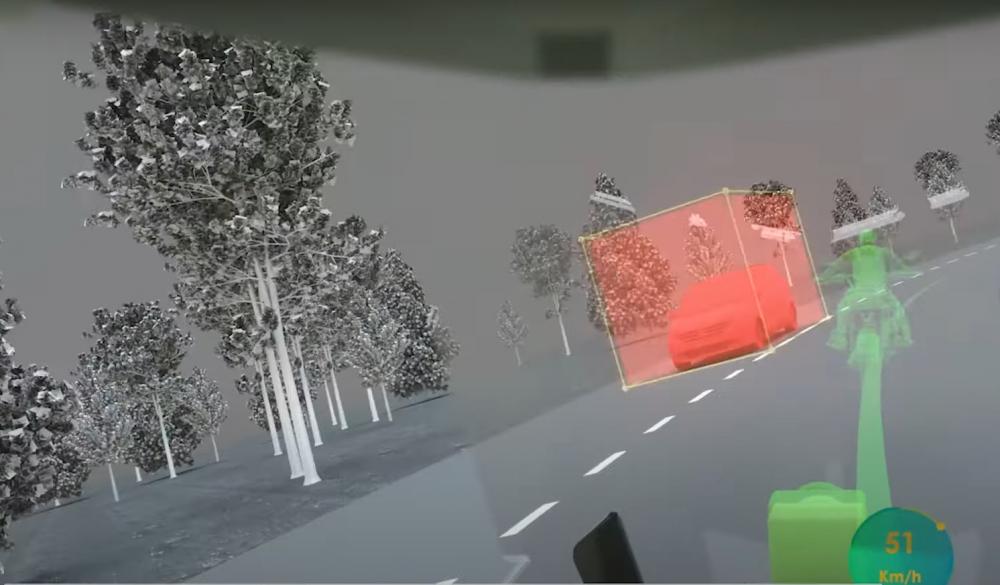
The product is currently in the prototype stage and the development team is already testing it in real traffic. The objective is to have a 100% functional device that can be integrated into the helmet shell. Just follow the development of this product and see how far augmented reality can go in motorcycles in the future.
